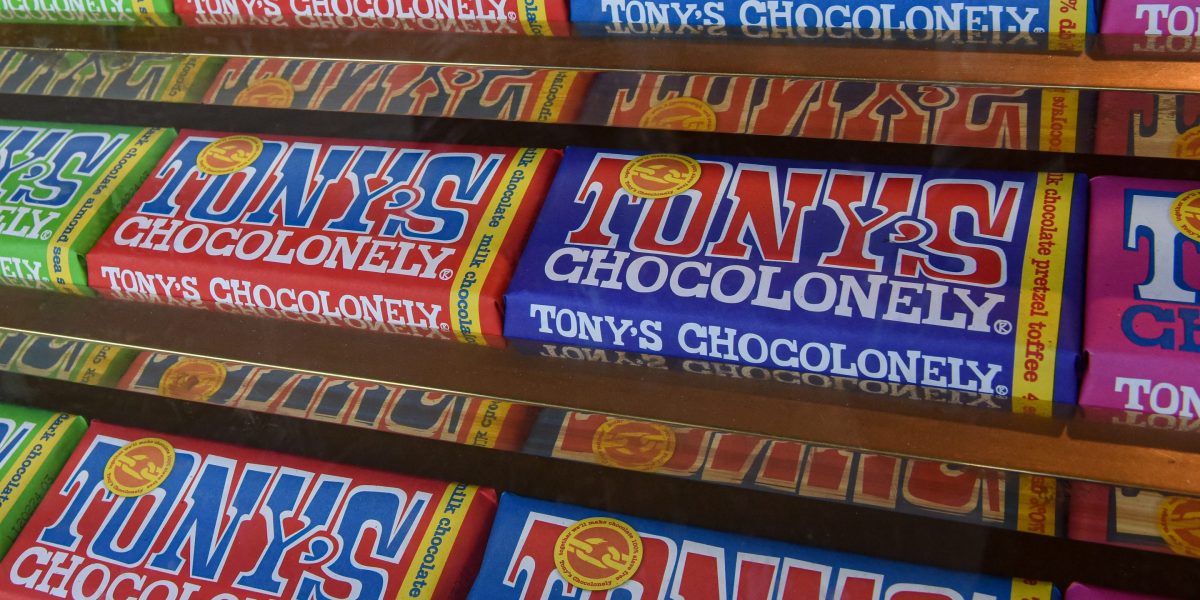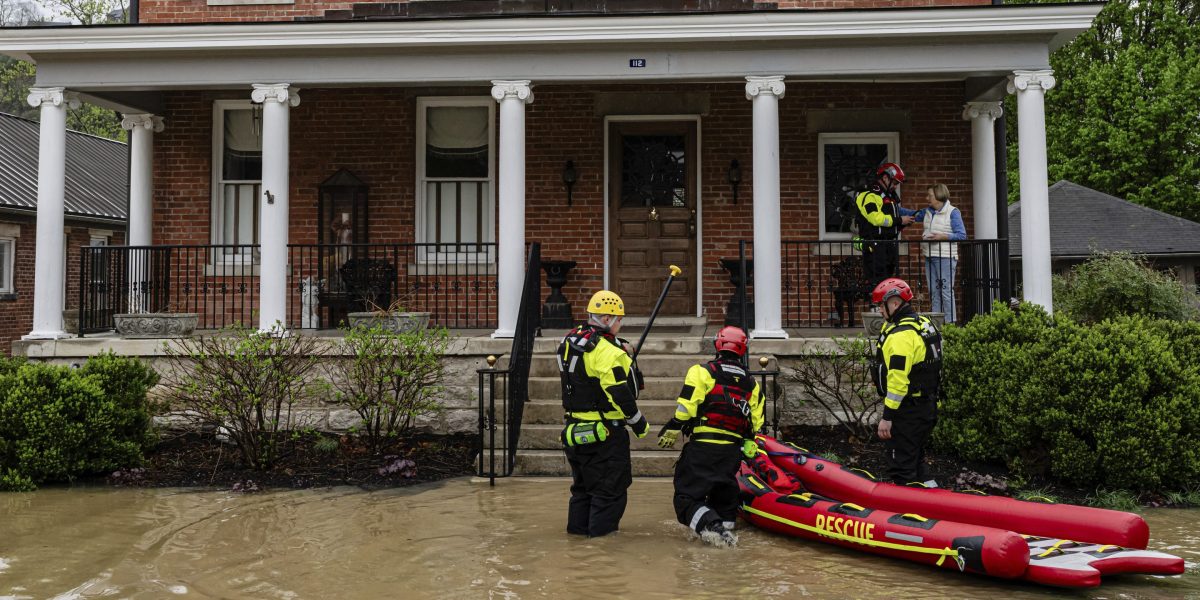Days of unrelenting heavy rain and storms that killed at least 18 people worsened flooding as some rivers rose to near-record levels and inundated towns across an already saturated U.S. South and parts of the Midwest.
Cities ordered evacuations and rescue crews in inflatable boats checked on residents in Kentucky and Tennessee, while utilities shut off power and gas in a region stretching from Texas to Ohio.
“As long as I’ve been alive — and I’m 52 — this is the worst I’ve ever seen it,” said Wendy Quire, the general manager at the Brown Barrel restaurant in downtown Frankfort, Kentucky, the state capital built around the swollen Kentucky River.
“The rain just won’t stop,” Quire said Sunday. “It’s been nonstop for days and days.”
Officials diverted traffic and turned off utilities to businesses in the city as the river was expected to crest above 49 feet Monday to a record-setting level, said Frankfort Mayor Layne Wilkerson. The city’s flood wall system is designed to withstand 51 feet of water.
For many, there was a sense of dread that the worst was still to come.
“This flooding is an act of God,” said Kevin Gordon, a front desk clerk at the Ashbrook Hotel in downtown Frankfort. The hotel was offering discounted stays to affected locals.
Storms leaving devastating impact
The 18 reported deaths since the storms began on Wednesday included 10 in Tennessee. A 9-year-old boy in Kentucky was caught up in floodwaters while walking to catch his school bus. A 5-year-old boy in Arkansas died after a tree fell on his family’s home, police said. A 16-year-old volunteer Missouri firefighter died in a crash while seeking to rescue people caught in the storm.
The National Weather Service warned Sunday that dozens of locations in multiple states were expected to reach a “major flood stage,” with extensive flooding of structures, roads, bridges and other critical infrastructure possible.
In north-central Kentucky, emergency officials ordered a mandatory evacuation for Falmouth and Butler, towns near the bend of the rising Licking River. Thirty years ago, the river reached a record 50 feet (15 meters), resulting in five deaths and 1,000 homes destroyed.
The storms come after the Trump administration cut jobs at NWS forecast offices, leaving half of them with vacancy rates of about 20%, or double the level of a decade ago.
Why so much nasty weather?
Forecasters attributed the violent weather to warm temperatures, an unstable atmosphere, strong winds and abundant moisture streaming from the Gulf.
The NWS said 5.06 inches (nearly 13 centimeters) of rain fell Saturday in Jonesboro, Arkansas — making it the wettest day ever recorded in April in the city. Memphis, Tennessee, received 14 inches (35 centimeters) of rain from Wednesday to Sunday, the NWS said.
Rives, a northwestern Tennessee town of about 200 people, was almost entirely underwater after the Obion River overflowed.
Domanic Scott went to check on his father in Rives after not hearing from him in a house where water reached the doorstep.
“It’s the first house we’ve ever paid off. The insurance companies around here won’t give flood insurance to anyone who lives in Rives because we’re too close to the river and the levees. So if we lose it, we’re kind of screwed without a house,” Scott said.
In Dyersburg, Tennessee, dozens of people arrived over the weekend at a storm shelter near a public school clutching blankets, pillows and other necessities. Just days earlier the city was hit by a tornado that caused millions of dollars in damage.
Among them was George Manns, 77, who said he was in his apartment when he heard a tornado warning and decided to head to the shelter. Just days earlier the city was hit by a tornado that caused millions of dollars in damage.
“I grabbed all my stuff and came here,” said Mann, who brought a folding chair, two bags of toiletries, laptops, iPads and medications: “I don’t leave them in my apartment in case my apartment is destroyed.”
For others, grabbing the essentials also meant taking a closer look at the liquor cabinet.
In Frankfort, with water rising up to his window sills, resident Bill Jones fled his home in a boat, which he loaded with several boxes of bottles of bourbon.
This story was originally featured on Fortune.com
Source link

 Entertainment8 years ago
Entertainment8 years ago
 Politics8 years ago
Politics8 years ago
 Entertainment8 years ago
Entertainment8 years ago
 Entertainment8 years ago
Entertainment8 years ago
 Tech8 years ago
Tech8 years ago
 Tech8 years ago
Tech8 years ago
 Tech8 years ago
Tech8 years ago
 Politics8 years ago
Politics8 years ago







